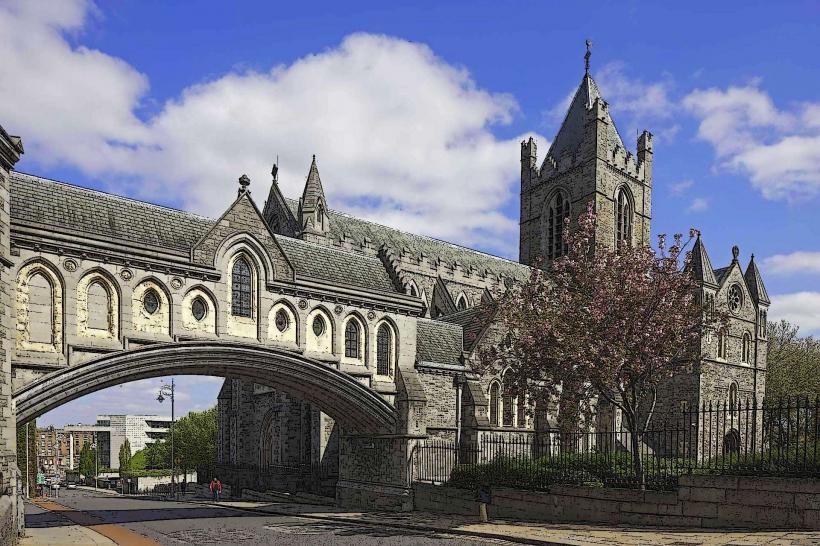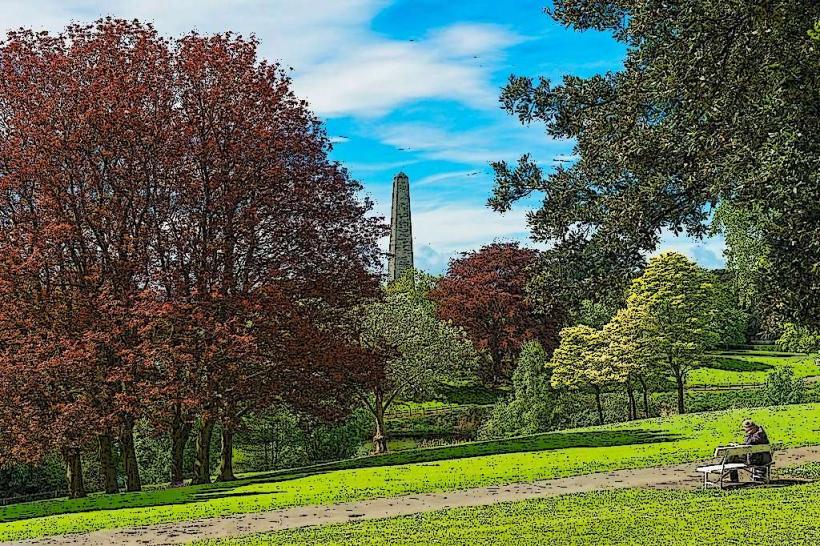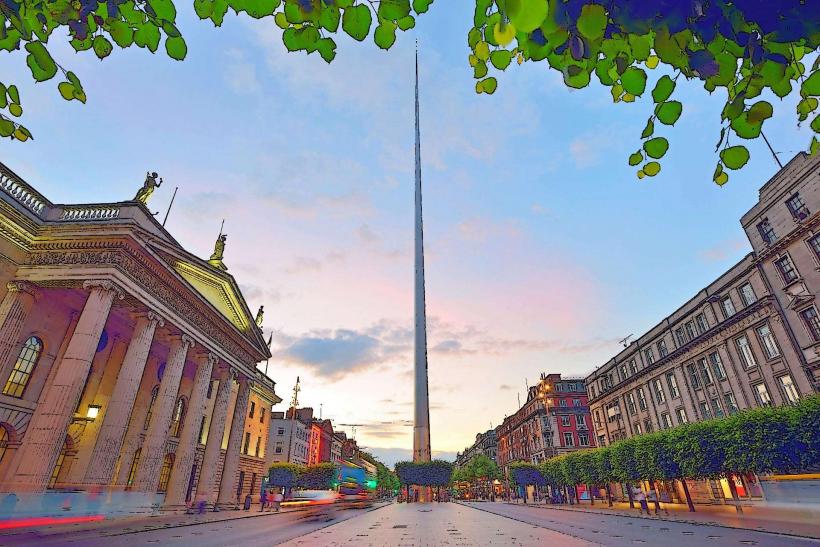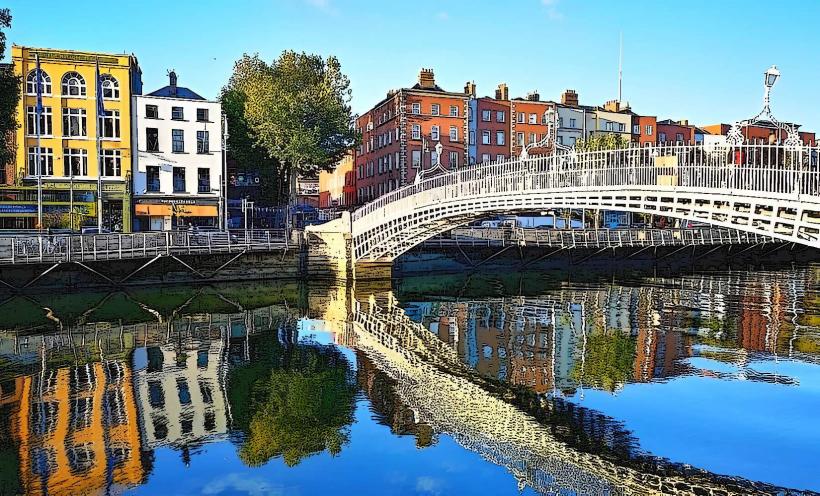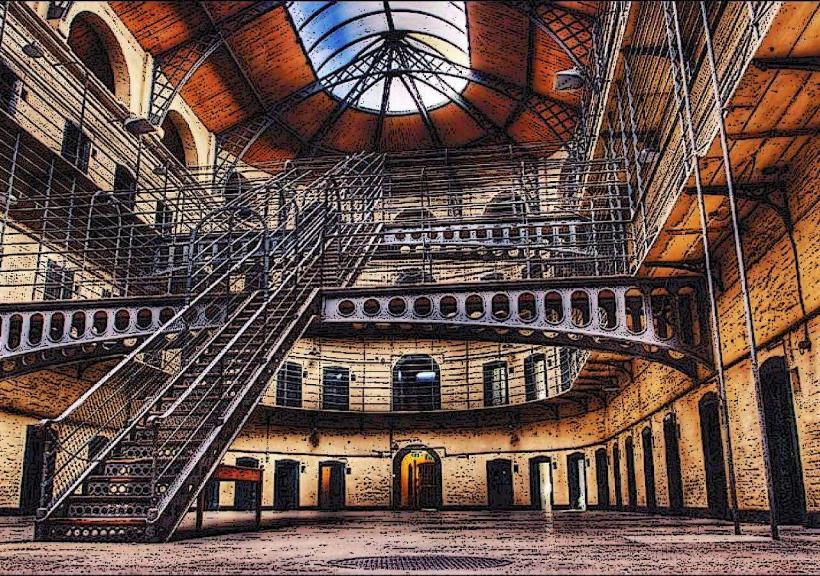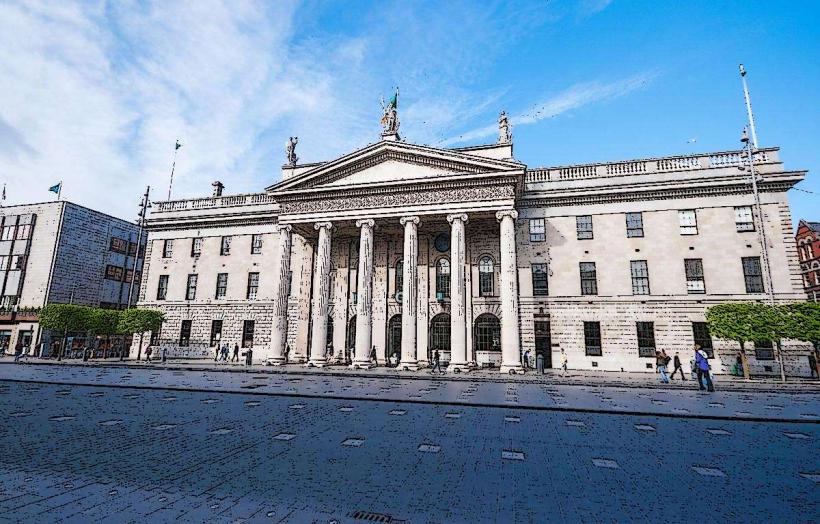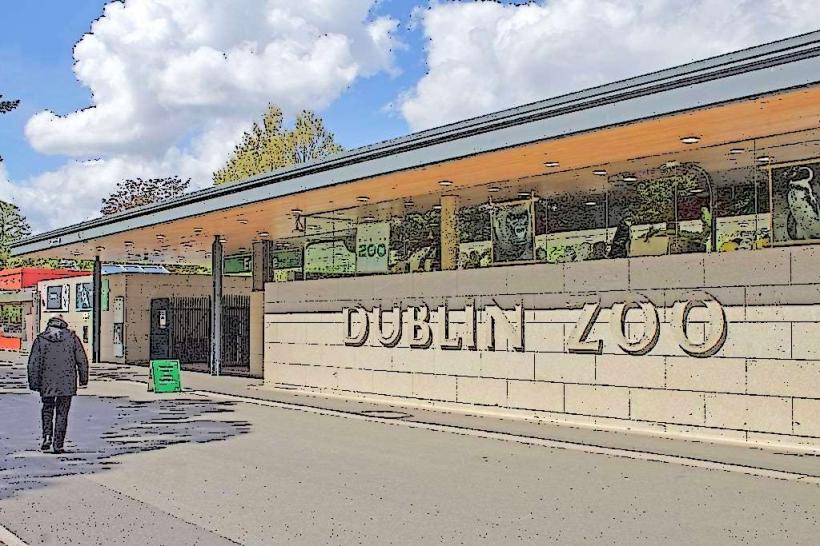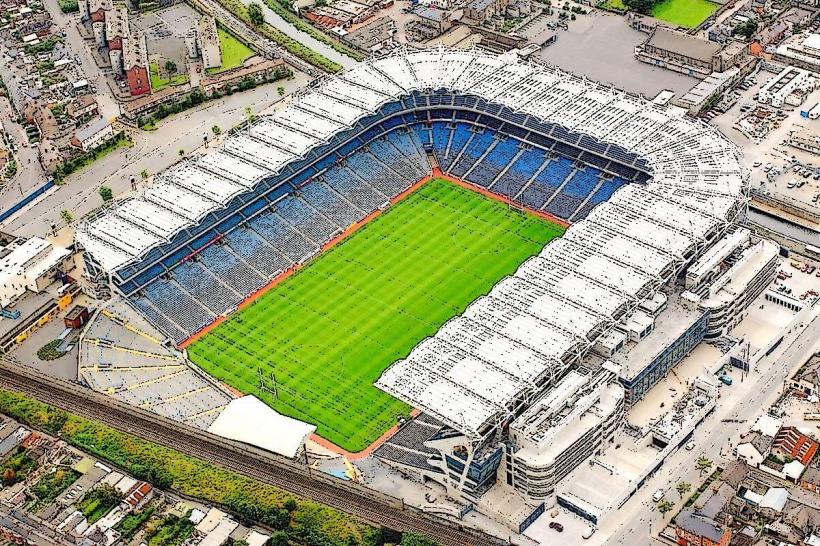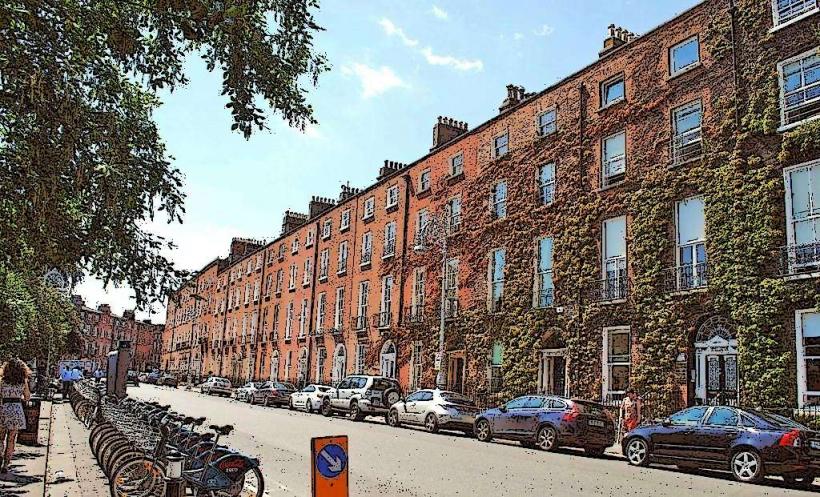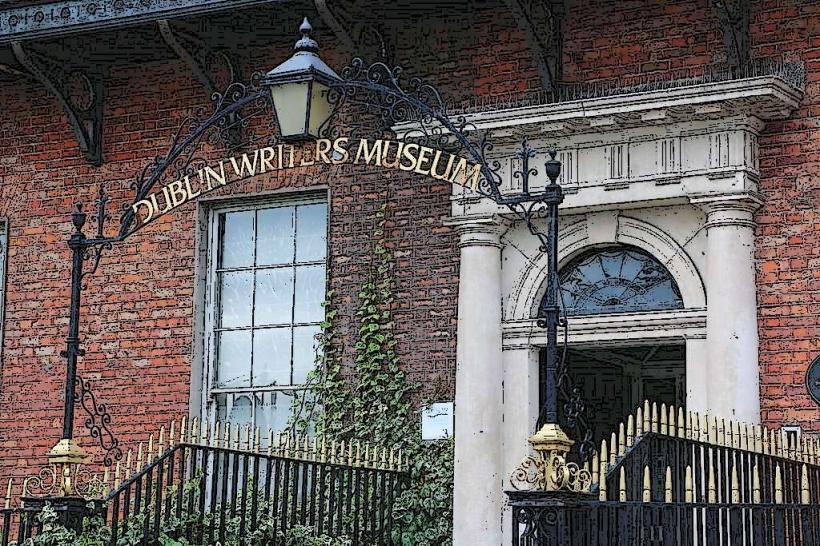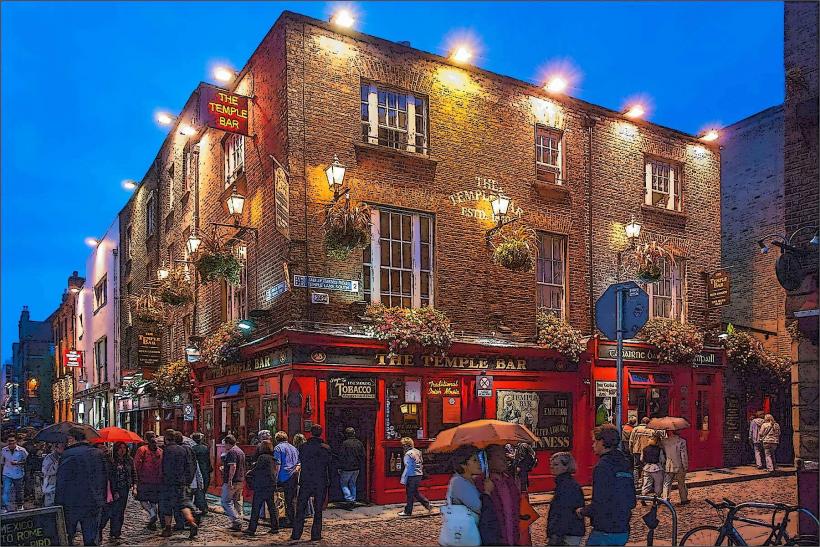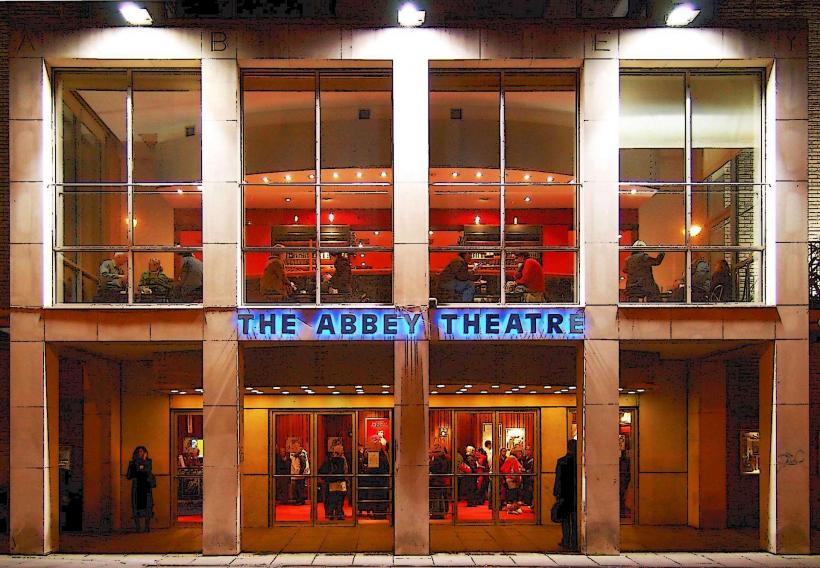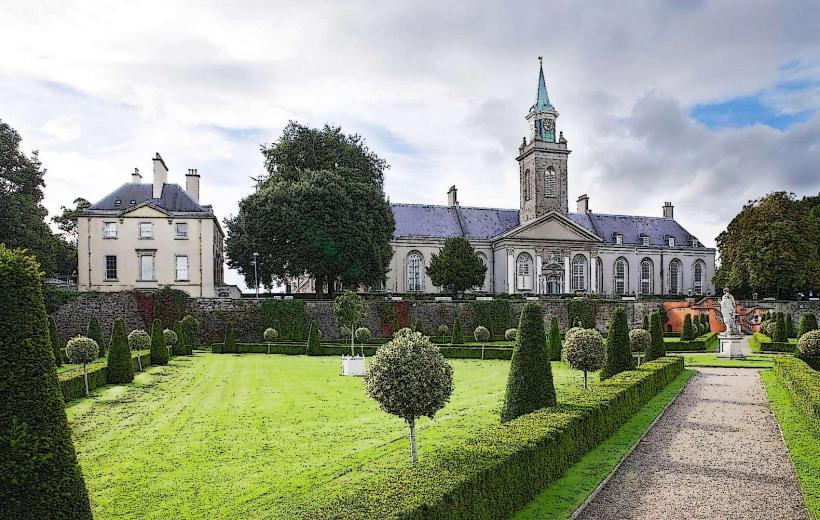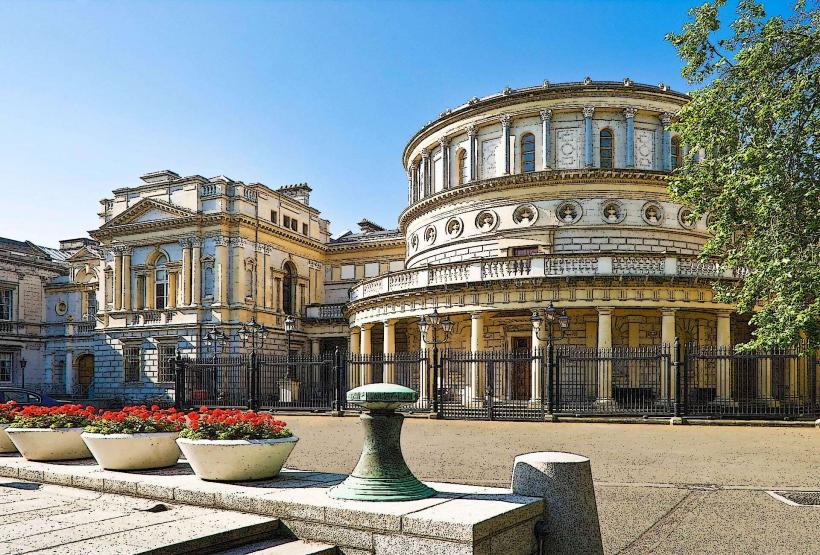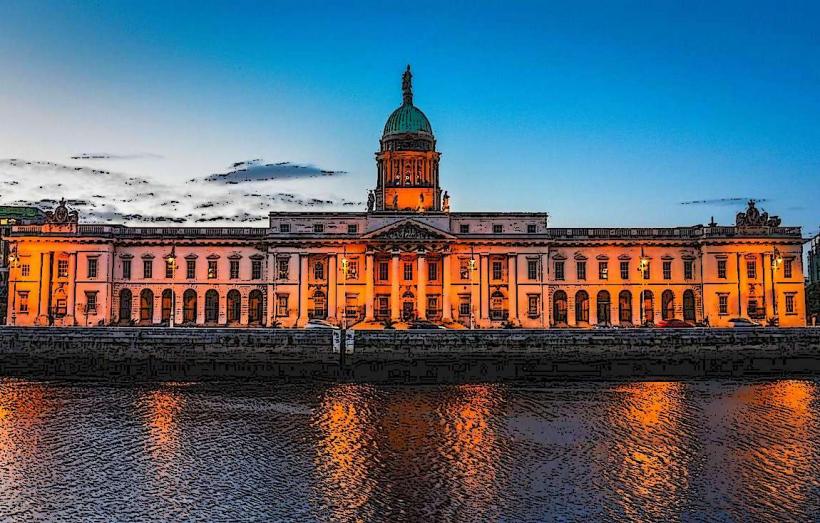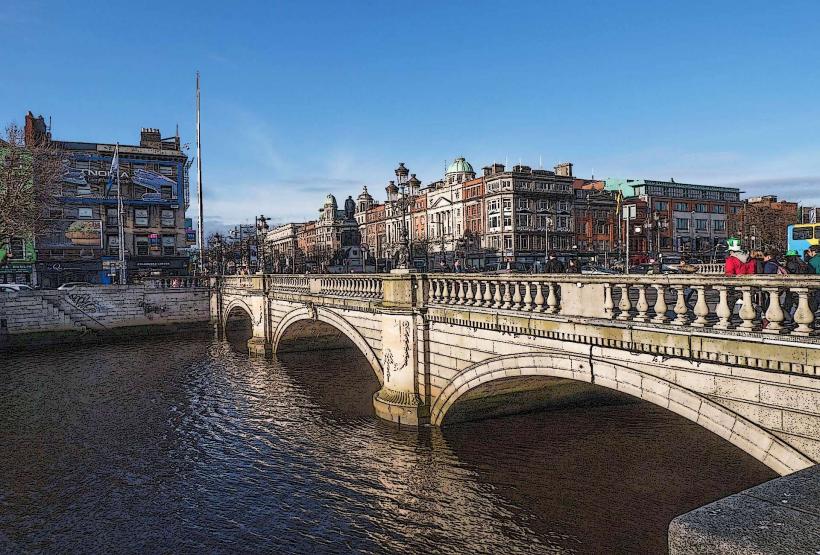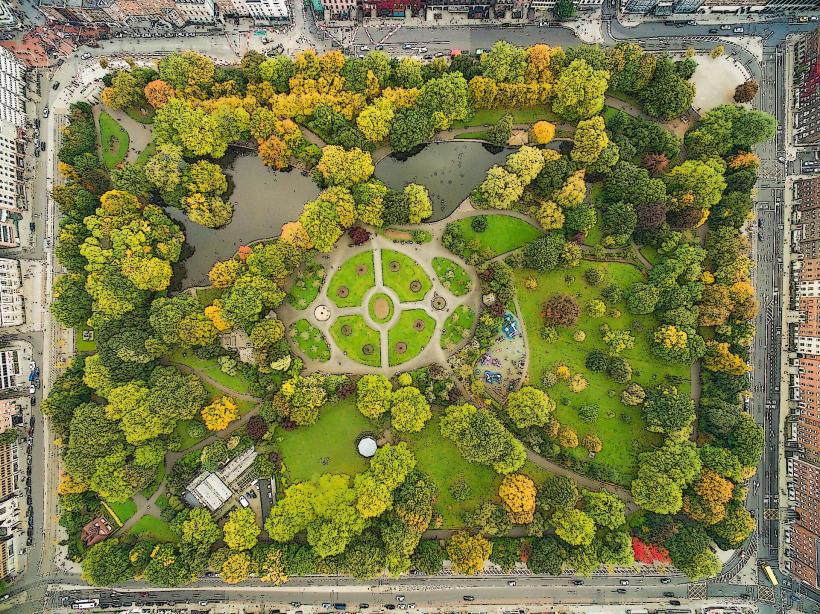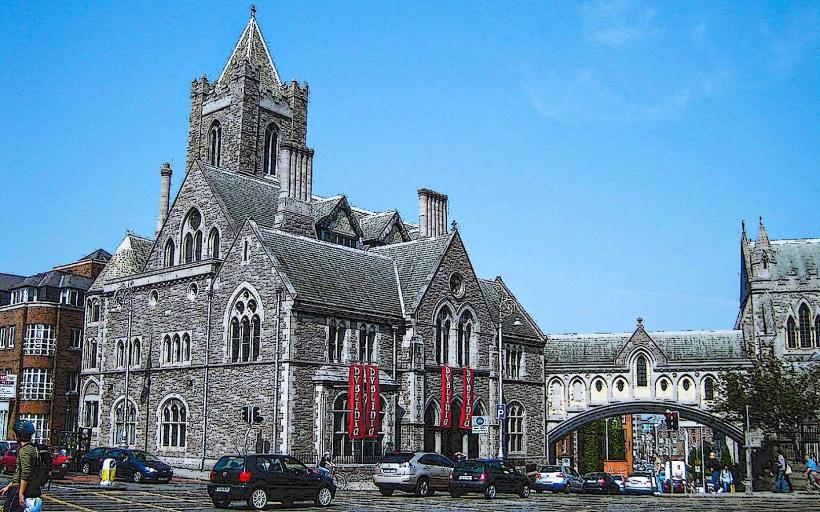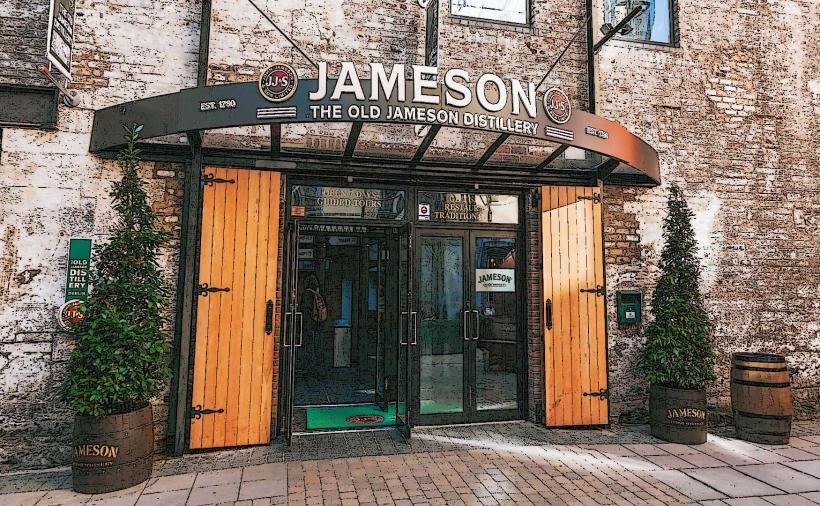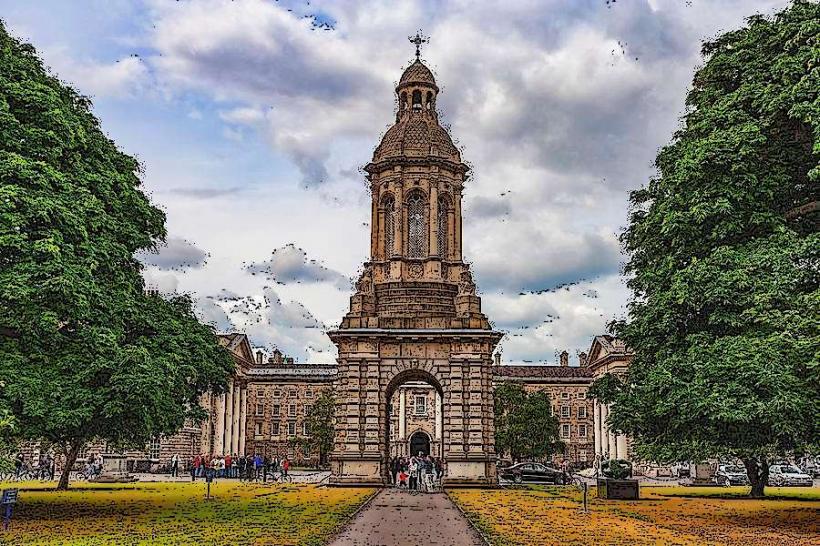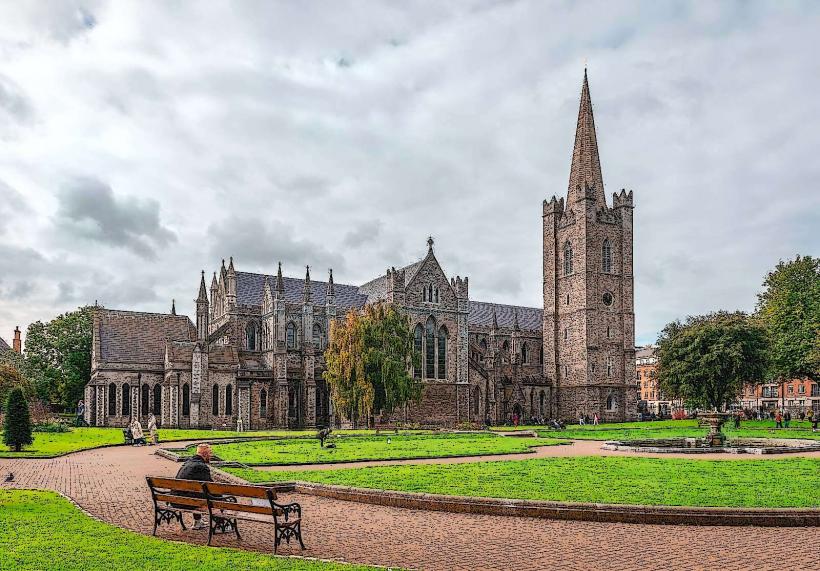Information
Landmark: The National Gallery of IrelandCity: Dublin
Country: Ireland
Continent: Europe
The National Gallery of Ireland is one of Dublin’s most prestigious cultural institutions, housing an extensive collection of European and Irish art. It is a must-visit for art lovers, offering a rich exploration of the history of Western art from the Middle Ages to the modern era. The gallery is located in Merrion Square West, in the heart of Dublin, and its collection is housed in two interconnected buildings: the original 19th-century building and the new extension that was completed in 2002.
History and Origins
Establishment:
- The National Gallery of Ireland was founded in 1854 by an Act of the Irish Parliament. It was established to provide access to fine art for the public, at a time when such collections were typically restricted to the elite. The gallery was built in the classical style, designed by the architect William Hague.
- The first collection of the gallery was based on a selection of artworks from the Royal Dublin Society and additional works acquired over time, including generous donations from individuals and collectors.
Expansion and Renovation:
- Over the years, the National Gallery has undergone several extensions and renovations. In 2002, a major extension designed by Danish architect William McDonough was added to accommodate the growing collection and provide improved visitor facilities.
- This expansion helped modernize the gallery, allowing for more exhibition space while preserving the original historic building.
Mission and Role:
- The National Gallery’s mission has always been to make art accessible to the public and promote an appreciation for both Irish and international art.
- It continues to focus on the acquisition, conservation, and exhibition of fine art, offering a range of temporary and permanent exhibitions to engage visitors of all ages.
Collections
European Art:
- The gallery holds an impressive collection of European art, particularly from the Renaissance, Baroque, and 18th and 19th centuries. Some of the standout artists represented include Caravaggio, Vermeer, Goya, Rembrandt, and Rubens.
- There is a significant collection of works by Italian Renaissance masters, such as Titian and Raphael, as well as Dutch Golden Age painters like Hals and Rembrandt.
Irish Art:
- The National Gallery is particularly noted for its collection of Irish art, with works from the 18th century through to contemporary Irish artists. The gallery has an excellent selection of works by Jack B. Yeats, Louis le Brocquy, John Butler Yeats, and William Orpen, which showcase the development of Irish art over the centuries.
- 19th-century Irish art is well-represented, with several works by Daniel Maclise and Nathaniel Hone, illustrating the country’s artistic evolution during British colonial rule.
Modern and Contemporary Art:
- The gallery also features significant modern and contemporary works by Irish and international artists, including Francis Bacon, Lucian Freud, and Richard Hamilton.
- The gallery’s collection of 20th-century art includes a diverse range of movements, from Impressionism and Post-Impressionism to Abstract Expressionism and Pop Art.
Special Exhibitions:
- In addition to the permanent collection, the National Gallery of Ireland hosts special exhibitions throughout the year, focusing on specific artists, periods, or themes in art history.
- These exhibitions often feature works on loan from other major museums and galleries around the world, offering an opportunity for the public to engage with art they may not otherwise have access to.
Notable Works:
- Among its treasures, the gallery boasts several masterpieces, including:
- "The Supper at Emmaus" by Caravaggio
- "The Arnolfini Portrait" by Jan van Eyck
- "The Madonna and Child" by Raphael
- "Self-Portrait" by Frida Kahlo (on loan)
- Works by John Lavery, including his famous portraits.
Visitor Experience
Free Admission:
- The National Gallery of Ireland offers free admission to its permanent collection, making it an accessible and welcoming destination for both locals and tourists. Temporary exhibitions may have an entry fee.
Educational Programs and Resources:
- The gallery offers a wide range of educational programs for children, students, and adults, including guided tours, workshops, and art lectures.
- There are also resources available for research and study, and the gallery has a dedicated library and archive with an extensive collection of art history books and archives related to Irish art and artists.
Café and Shop:
- The gallery has a café where visitors can relax and enjoy refreshments in a peaceful environment.
- The museum shop offers a selection of art-themed gifts, prints, and art books, as well as a variety of unique Irish crafts and designs.
Accessibility:
- The National Gallery is wheelchair accessible and provides audio guides and printed materials in multiple languages to ensure a welcoming experience for all visitors. There are also dedicated spaces for temporary exhibitions and interactive displays designed to engage visitors of all ages.
Conclusion
The National Gallery of Ireland stands as one of Dublin’s finest cultural institutions, offering a treasure trove of European and Irish art spanning several centuries. With its beautiful architecture, diverse collections, and commitment to public access, it plays a crucial role in preserving and promoting the artistic heritage of Ireland and beyond. Whether you’re a connoisseur of fine art or a casual visitor, the National Gallery is a must-see destination that provides a deeper understanding of Ireland’s rich cultural history and its place in the wider world of art.

